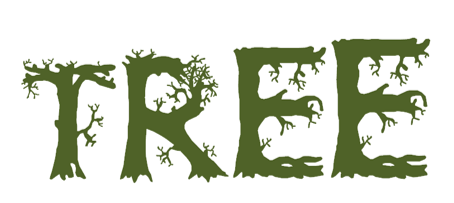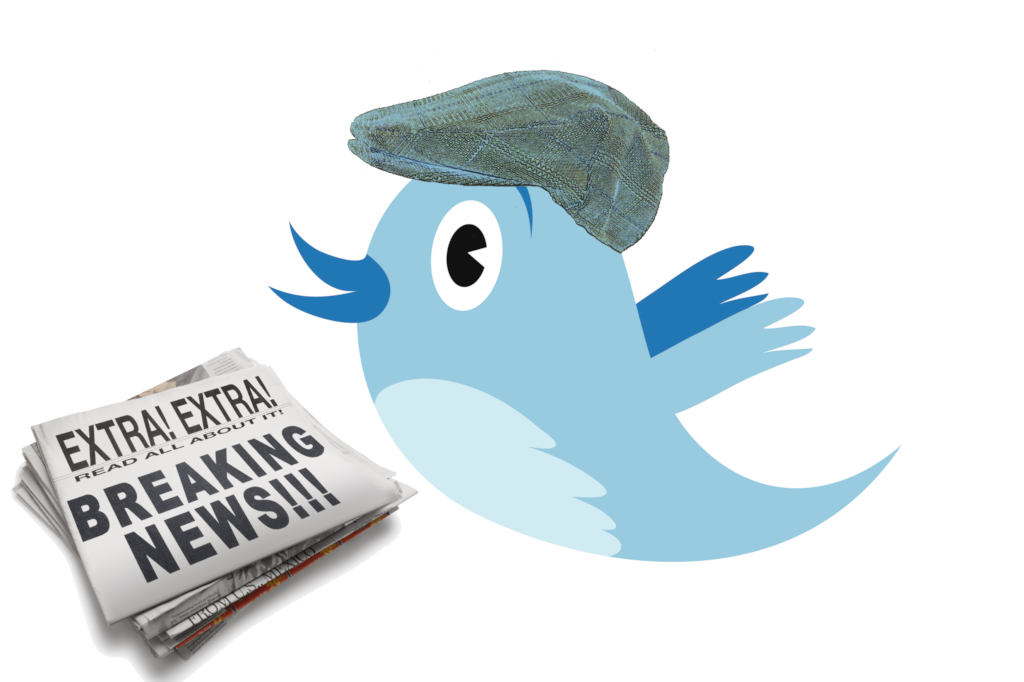In Chapter I ‘Representation, meaning and language’ Stuart Hall gives reasons for the concept of representation being an important aspect of the cultural studies. For a deeper understanding of the way’s representation links the meaning to culture, it’s essential to go through various theories of language being used for world representation. Because some people belong to the same culture, the same people also have similar methods of interpreting language signs.
This concept can be illustrated with the use of visual signs that bear a certain similarity to the object, individual, or other item they refer to. For instance, a photograph or a realistic painting of a tree in the garden shows how the visual sign is being interpreted by the individual’s perception. On the other hand, the signs that are spoken or written have no connection to the objects they refer. For instance, letters T, R, E, E have nothing in common with trees in nature (Hall 21).
The Chapter ‘Representation, meaning and language’ Stuart Hall, a cultural theorist explores the concept of representation as means of transferring the meaning into the language. The ideas laid out in the first chapter have built a foundation for a further research of the concept of representation and its manifestation in the cultural development. Stuart Hall defined culture in the framework of “shared meanings and shared conceptual maps” that are never enough for a complete concept representation (19). The target audience for Hall’s finding is predominantly scholars and students interested in the topic as the writing in some cases can be quite complex.

In my opinion, the representation can bear various forms and can mean different things to different people. In Chapter I “Representation, meaning and language” Stuart argued that the concept of the tree in nature is represented by letters T, R, E, E in a particular sequence, the same for the letters of other languages that also represent this concept. His idea that the letters T, R, E, E have nothing in common with real trees has pushed me to imagine the letter that did, indeed, look like trees.
The chosen image shows that if the word that represents a certain concept looked like the concept, the idea of representation would be much more simple for understanding. We look at the word and without even reading it or thinking about its meaning, we instantly see the concept conveyed by this word.
The Vocabulary of Comics
Understanding Comics by Scott McCloud is another important study that cannot be compared to anything. In the very beginning of Chapter 2 “The Vocabulary of Comics”, the author makes some suggestions to the reader that drawings have no actual meaning in reality, they are just mere symbols that he prefers to call ‘icons’. Then he goes on differentiating between non-pictorial and pictorial icons that have a significant difference: non-pictorial icons have fixed meaning while the meaning of pictures is fluid and variable.
However, the main point of the chapter is establishing the fact that the majority of people will respond better do a drawn non-realistic image than to a realistic one. The modern culture is captivated by the simplified cartoon world that has a very little resemblance to the real world. This is connected with the premise that by simplifying the image, the meaning of this image amplifies.
Even the ‘narrator’ of the chapter is a drawn character that wears glasses and has no distinct features so that the reader does not get distracted by his appearance and better understands the message. In all media, storytellers know that the best indicator the audience involvement is the degree to which the audience identifies with the characters of the story. Thus, since viewer identification is closely linked to cartooning, cartoons have a historical advantage (McCloud 42).
The notion iconic used in Chapter 2 “The Vocabulary of Comics” by the author is equally linked to the concept of symbolism. The author explains its meaning, its role in the cartoon style as well as in the relationship between text, pictorial representation, and realism.
Scott McCloud is a known cartoonist and comics theorist, so the way he chose to narrate the book Understanding Comics is no surprise to anyone. Imagery is used to prove a point, in some cases, the point is conveyed with harsh wording the effect of which is being minimized because the reader sees drawings on the pages of the book. An important aspect to note is that Understanding Comics is a short book packed with a large bulk of information, however, because the theoretical information is presented in a comic book manner, it makes the book a captivating read.
Tweet: A comic book about comic books? Can’t imagine anything better than this idea. #understandingcomics explores some before unexplored concepts.
A Tweet is only 140 symbols, so it is very hard to narrow Understanding Comics down in a small sentence. However, the main thought to convey was the fact that a comic book about comic books is the smartest idea ever. Because it’s filled with some complicated terms and notions, and the text itself in parts can be confusing, the fact that it’s presented as a comic book makes everything flow. There is no doubt that both theorists and just those who love comic books will find useful and interesting information in Scott McCloud’s Understanding Comics. The hashtag is used for sparking a conversation with others who also read the book as there is a lot to talk about, even in one chapter.
The Nature of News
In Chapter I “The Nature of News” Brian S. Brooks, George Kennedy, Daryl R. Moen, and Don Ranly (The Missouri Group) explore the struggles faced by the traditional news organizations because of the emergence of new media for news like Twitter or Facebook. Convergence, which means an effort to use various methods of different media to reach a broader audience in news telling, has become one of the most critical components of today’s news reporting. Because of the technological revolution, traditional news reporting media are forced to also be a part of the current news industry and start blogs or share the newest stories on Facebook (Brooks, Kennedy, Moen and Ranly 4).
The progress has also begun to invite members of the public into the news industry as amateur news reporters. Such crowdsourcing in news reporting has become one of the main elements of the industry throughout the globe. Readers and viewers are invited to share their stories, videos, and photos. Such a tight cooperation between the news media and the public is a perfect compromise between the traditional and the modern.
Overall, the chapter also explores the role of the journalist, the responsibilities and the principles connected with the job. It is targeted at the audience that would like to become professionals in the news reporting field and would like to know every single detail that goes into the job. Written in a simple but informative way and filled with various anecdotal sidebars for showing examples, “The Nature of News” is a chapter that is worth reading aside from the entire book as it is alone a great resource for journalism students and those who are just curious to understand the fundamental principles of reporting and some proven ways to stay relevant in the media.

The chosen image represents the Chapter I “The Nature of News” by Brian S. Brooks, George Kennedy, Daryl R. Moen, and Don Ranly is the most straightforward way possible. It is a metaphor for the combination of new technologies in news reporting and the old tradition of a newsboy selling newspapers to the respected gentlemen on the streets. In my opinion, as long as there is a balance between the old and new, the technology and the tradition, news reporting will stay true to its nature, but will evolve and develop at the same time.
Despite the fact that the modern media are turning all of their efforts to technology for a broader convergence, a newspaper, for example, is a tangible object that represents the material aspect of news reporting, an aspect that should not be forgotten or understated.
Works Cited
Brooks, Brian, George Kennedy, Daryl Moen and Don Ranly. “The Nature of News”. News Reporting and Writing. 11th ed. 2014. Boston, MA: Bedford/St. Martin’s. 3-19. Print.
Hall, Stuart. “Representation, meaning and language”. Representation. Cultural Representations and Signifying Practices. Ed. Stuart Hall. London, UK: Sage Publications, 2003. 15-41. Print.
McCloud, Scott. “The Vocabulary of Comics”. Understanding Comics. Ed. Mark Martin. New York, NY: Harper Perennial, 1994. 24-59. Print.
“Twitter Bird” n.d. Web.
“Word Tree as an Image” n.d. Web.